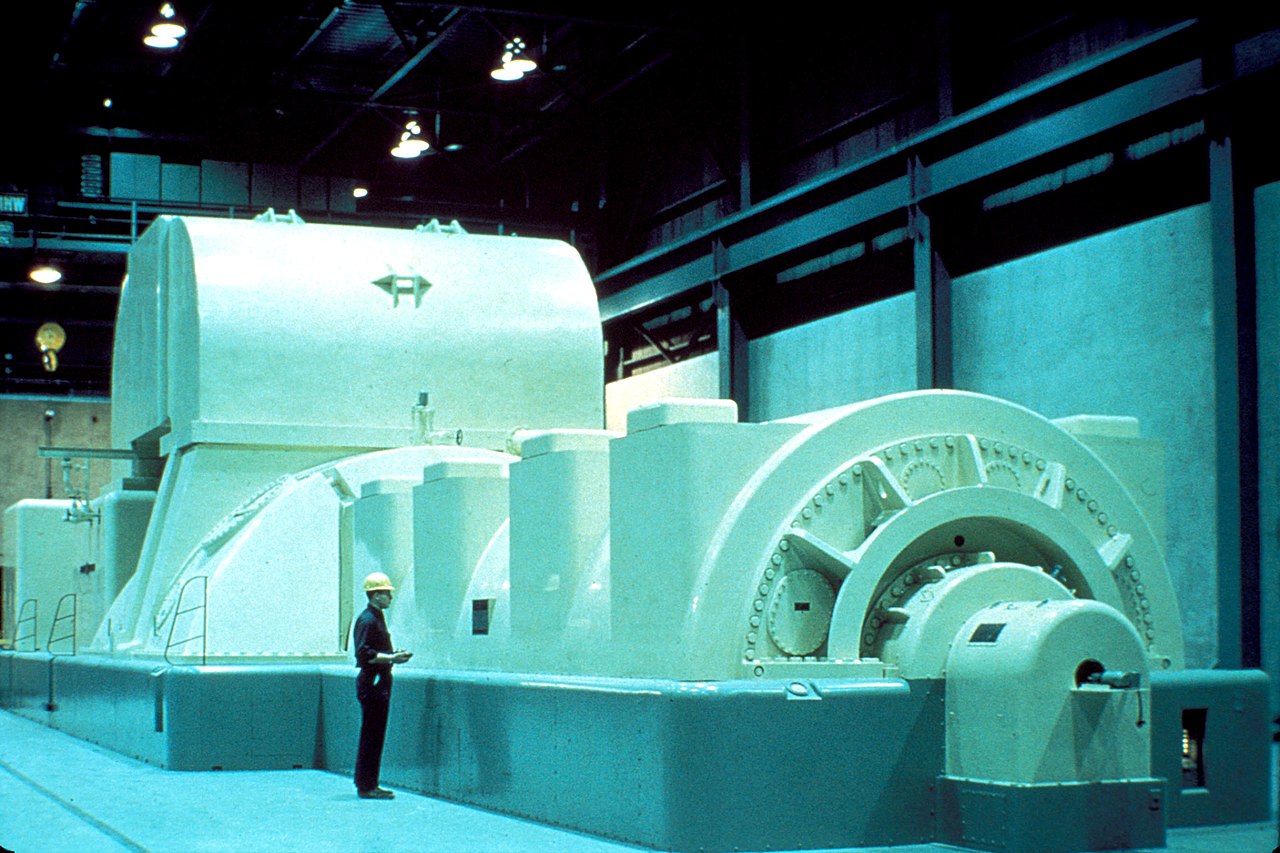Ensuring Stability in Electrical Power Systems: The Importance of Rotor Swing Analysis
In electrical engineering, rotor swing analysis is an important tool used to study the behavior of electrical power systems under certain operating conditions. It involves analyzing the stability of a power system, especially the synchronous generator and its associated components. In this article, we will discuss rotor swing analysis, its importance, and the main formulas used in the analysis.
What is Rotor Swing Analysis?
Rotor swing analysis is a technique used to analyze the stability of an electrical power system. It is used to study the behavior of the synchronous generator and its associated components, such as the turbine and governor, during disturbances in the system. The analysis is performed by simulating the system response to a disturbance, such as a fault or a sudden change in load.
During a disturbance, the rotor of the synchronous generator may experience a swinging motion, which is known as rotor swing. The swing is caused by the interaction between the electrical and mechanical components of the system. Rotor swing analysis is used to determine the stability of the system during these events.
Importance of Rotor Swing Analysis
Rotor swing analysis is an important tool in electrical engineering as it helps to ensure the stability of the power system. The analysis can be used to identify potential problems in the system and to optimize the system's design to improve stability. The analysis can also be used to develop control strategies to prevent or mitigate disturbances in the system.
Main Formulas Used in Rotor Swing Analysis
There are several formulas used in rotor swing analysis. Here are some of the main ones:
1. Synchronous Reactance (Xs)
Synchronous reactance is a parameter used to represent the electrical behavior of the synchronous generator. It is defined as the ratio of the open-circuit voltage to the armature current at the synchronous frequency.
2. Rotor Inertia (H)
Rotor inertia is a parameter used to represent the mechanical behavior of the synchronous generator. It is defined as the ratio of the kinetic energy stored in the rotating mass of the generator to the rated power output of the generator.
3. Damping Ratio (ζ)
Damping ratio is a parameter used to represent the amount of damping in the system. It is defined as the ratio of the actual damping to the critical damping.
4. Critical Clearing Time (Tcc)
Critical clearing time is the time required for the system to clear a fault and return to stable operation. It is calculated using the following formula:
Tcc = 2πH / ΔPmax
where ΔPmax is the maximum power imbalance during the fault.
Why Rotor Swing Analysis is Done in Electrical Engineering?
Rotor swing analysis is done in electrical engineering to ensure the stability of the power system. The analysis helps to identify potential problems in the system and to optimize the system's design to improve stability. It can also be used to develop control strategies to prevent or mitigate disturbances in the system.
In addition, rotor swing analysis is important for the following reasons:
1. To prevent blackouts: Rotor swing analysis helps to identify potential instability problems in the power system and to develop strategies to prevent blackouts.
2. To improve system performance: Rotor swing analysis can be used to optimize the system's design to improve stability and reduce the likelihood of disturbances.
3. To ensure safety: Rotor swing analysis helps to ensure the safety of the power system by identifying potential problems and developing control strategies to mitigate disturbances.
 |
| Generator |
Conclusion
Rotor swing analysis is an important tool in electrical engineering used to ensure the stability of the power system. The analysis involves simulating the system response to a disturbance and analyzing the behavior of the synchronous generator and its associated components. Rotor swing analysis helps to identify potential problems in the system, optimize the system's design, and develop control strategies to prevent or mitigate disturbances.



